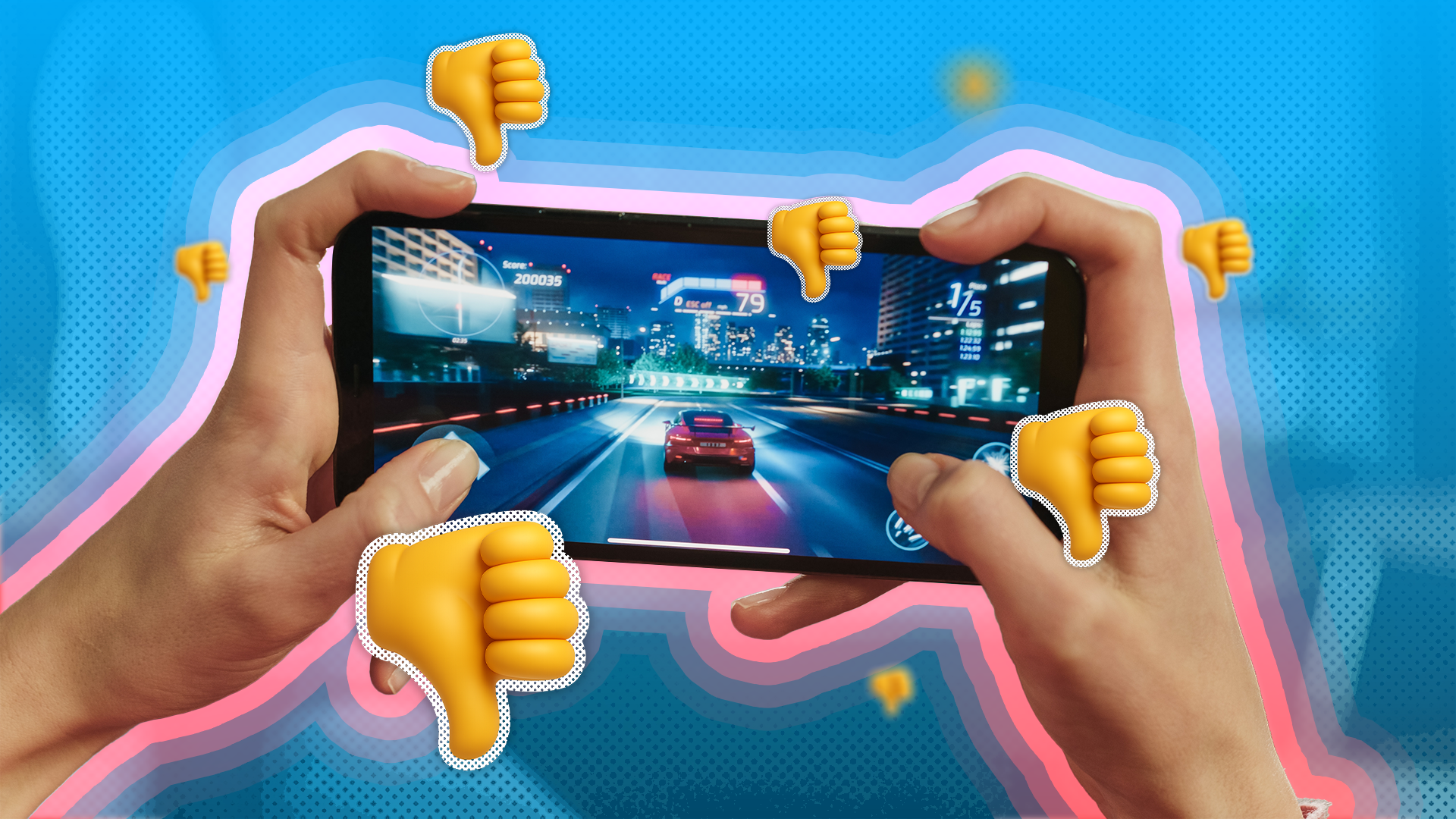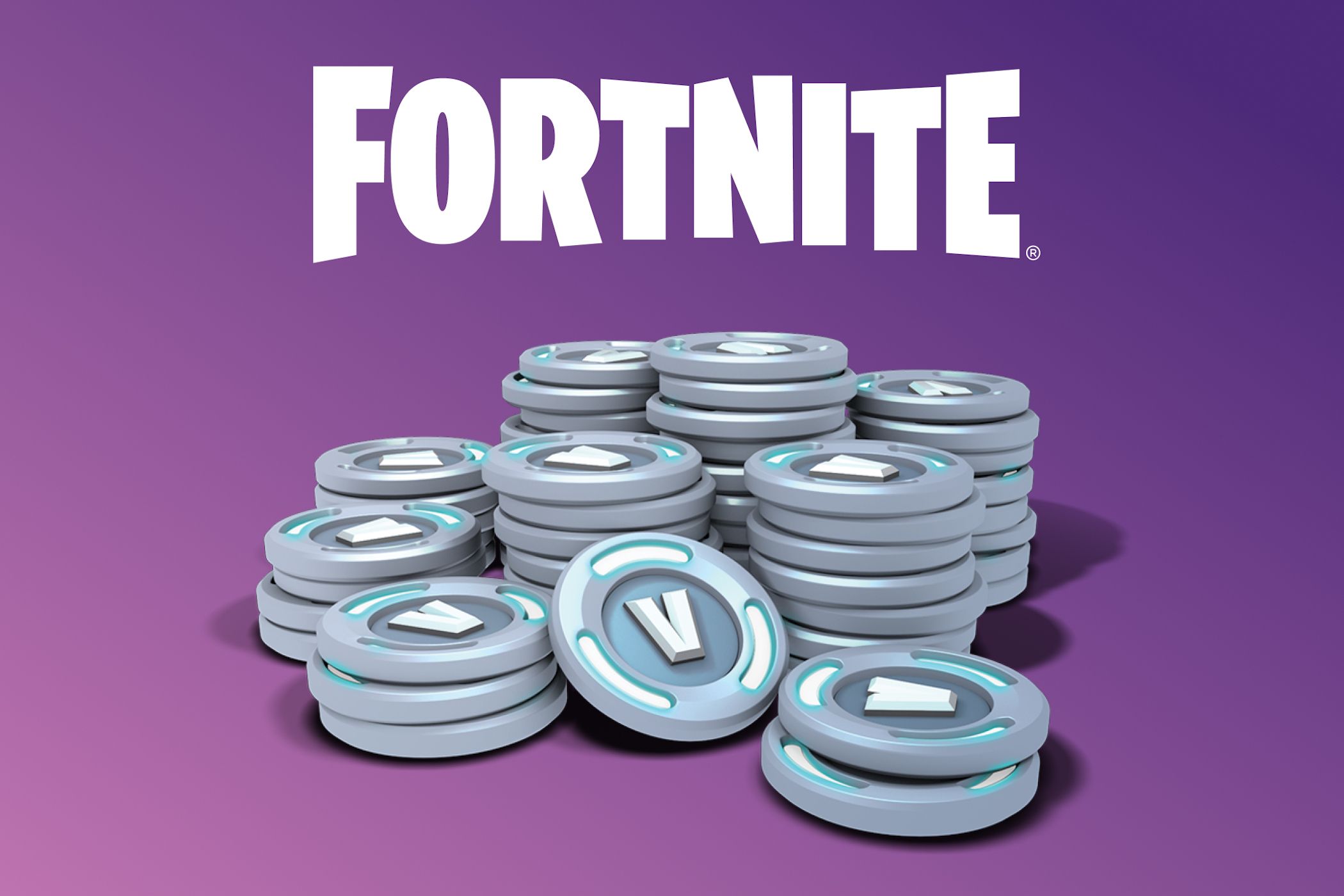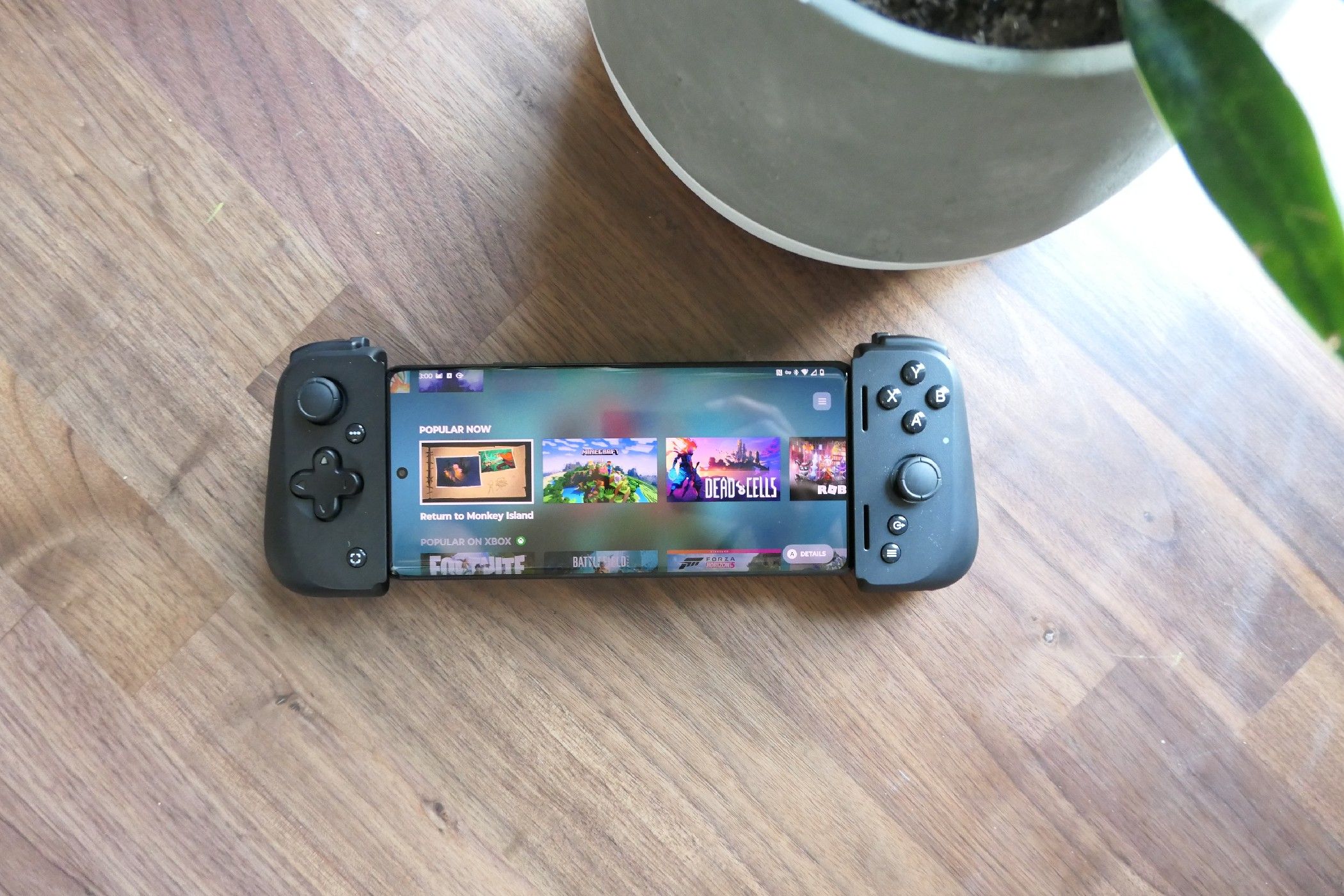
For a long time, the dominant narrative for why mobile games sucked was that phones are simply not powerful enough to run high-end games. But we’re now at a point where flagship phones are more capable than older gaming consoles, so why has mobile gaming not kept pace?
Most People Don’t Buy High-End Flagships
Modern flagships like the iPhone 16 Pro and the Galaxy S25 Ultra are more powerful than consoles like the PlayStation 4 and Xbox One. And yet, no mobile app store carries acclaimed AAA titles like The Witcher 3: Wild Hunt, Horizon Zero Dawn, Red Dead Redemption 2, or Fallout 4. That’s partly because the vast majority of people don’t own high-end phones.
Android commands nearly 70% of the global smartphone market share, and a big chunk of that is made up of budget devices that use inferior hardware. Sure, they can handle Candy Crush or Subway Surfers just fine, but toss in something like Genshin Impact or Call of Duty Mobile on max settings, and you’ll quickly hit performance walls.
iPhones are the outlier here. Apple doesn’t really do “budget” in the same way Android brands do—its current cheapest model, the iPhone 16e, costs $599 and has the same A18 Bionic chip found on the regular iPhone 16, but with one less graphics core.
The numbers suggest the average mobile gamer is likely using something underpowered. So, while your shiny new flagship can handle a console-quality game, you likely won’t be able to take advantage of that power because developers target the masses who use phones that can barely keep up with high-end mobile games, let alone AAA console titles.
Optimization Matters as Much as Raw Power
Having enough power is only the minimum requirement to run a game; what actually affects gameplay fluidity is how well the developer has optimized it for your particular device. New gaming consoles usually only launch every three to five years, so studios can afford to take their time and ensure their games make the best use of the available hardware.
They can take this risk because they know it’s going to be a while before the next console comes out, and since each unit of the current one is identical, they can keep the experience consistent for all players. No two units of the PlayStation 5 will have different specs, after all.
Compare this to the fragmented smartphone market, where dozens of new models from hundreds of brands are launched all year round, each with its own chipset, screen size, RAM, and thermal design. It’d be impossible for a developer to optimize their game for all phones, so most settle for creating low-end casual games that everyone can play.
Again, iPhones have an advantage here because fewer models are released every year, and their design remains fairly consistent for several generations, so developers know what to expect and can work with Apple to optimize their games.
This is why some AAA games like Resident Evil Village and Assassin’s Creed Mirage are starting to come to mobile, but are exclusive to the Apple App Store so far. However, you’ll notice that these games still don’t look as good and feel as smooth on the iPhone as they do on a console or PC.
That’s because phones are compact and lack the cooling mechanisms that dedicated gaming machines have, so porting AAA games to mobile requires extra tuning to prevent overheating, which can cause permanent damage to the battery. Since consoles and PCs draw power directly from the wall, there’s no such risk.
It’s Nearly Impossible for New Developers to Be Discovered
The sheer volume of mobile games out there means it’s very hard for new developers with fresh ideas to make it to the top charts. According to Statista, there are nearly 1.68 million apps on the Google Play Store as of Q2 2024, of which roughly 264,000 are games. The Apple App Store has 1.54 million apps, including 180,000 games.
It’s not only the volume of apps that’s the issue; it’s also how they are organized within app stores. Discovery is largely driven by algorithms, which developers have no control over.
That means you have no reassurance whatsoever that the game you worked so hard on will ever succeed. So, naturally, developers prefer not to invest the time and resources necessary to make console-quality games for mobile.
You could try paid advertising for additional visibility, but it doesn’t guarantee success and instead puts smaller developers with limited marketing budgets at a serious disadvantage.
Monetizing a Mobile Game Well Is Harder
A prominent reason behind the stagnation of mobile games is that people just don’t like paying for them. Big game studios spend several years and hundreds of millions of dollars developing AAA games because they know there is a market for them.
You’d obviously never expect to get a copy of God of War for free, but if a similar game came to mobile, your expectations might change. Most people looking to download a mobile game jump straight to the “Top Free” section of the app store for this very reason.
As a result, mobile game developers have to rely on alternate ways to monetize their games, namely in-app purchases and in-game ads. Players have been expressing their discontent with both for a long time, but at the same time, they are unwilling to pay for a mobile game upfront like they do for console or PC games.
For the microtransaction model to work, the game constantly needs to push new content like cosmetics, skins, or weapons so that players keep spending. But this, unfortunately, has also normalized what’s called the “crunch culture” within the gaming industry, where employees are expected to serve overtime pretty much all the time, and often uncompensated.
Phones Have Limited Battery Life and Storage
Your phone is the most important piece of tech you own; you use it for calling, texting, web browsing, streaming, navigation, photography, scrolling social media, making payments, and much more.
On this long list of priorities, gaming usually falls somewhere in the lower half because it’s not an essential task. Yet, it is the most demanding thing you can do on a phone, quickly depleting battery life that you might need for something else. Graphics-heavy games that require constant internet access are notorious battery hogs.
This isn’t just annoying—it limits how long people want to play. For most people, losing 20% battery life for an hour of gameplay just isn’t worth it.
Storage is another bottleneck. Big games often require 5-10 GB or more. Genshin Impact, again, is a prime offender, ballooning to over 20-30GB with updates. That’s manageable on a console with dedicated storage, but on a phone where photos, videos, and apps already eat up space, it’s a constant juggling act.
128GB is still the standard base storage available on most phones, including flagships, which is not always enough for normal use, let alone for heavy games. This is why modern gaming phones tend to have at least 256GB.
Almost No One Wants to Buy a Separate Controller
Even if you somehow find a way to get people to pay for mobile games, you most certainly won’t have the same success getting them to buy a controller. Unlike a console setup, where the monitor and controls are separate, mobile games cram everything into one device.
That means on-screen controls—joysticks, buttons, menus—eat up valuable screen real estate, leaving less room for the actual game. This is fine for simple games, but once you move into complex genres like open-world RPGs, shooters, or racing simulators, the experience starts to feel cramped and clunky.
The obvious solution is to use an external controller so that the phone screen is uninterrupted. And to be fair, there are some great options out there that transform your phone into a more dedicated handheld gaming device and drastically improve playability.
Sadly, as useful as these controllers are, very few people are actually willing to invest in one. Mobile gaming’s appeal is its convenience and low barrier to entry. Expecting the average player to carry around or buy a separate controller just isn’t realistic.
So, while external controllers for mobile gaming do help, they’re a niche within a niche, and the vast majority prefer to stick to touchscreens, no matter how limiting that is. In the end, mobile gaming remains fundamentally constrained by its own form factor.
Mobile Games Are Perceived as More Disposable
Mobile gaming’s problem isn’t just technical, it’s also cultural. Developers who want to make an immersive, linear story-based game or experiment with new game mechanisms will have a hard time competing in a market where most players are just looking for a temporary dopamine rush to kill some time on a commute or in line at the grocery store.
The majority of top-grossing mobile games—think Clash of Clans, Candy Crush, or Roblox—are built around short gameplay loops and aggressive monetization. Even when more ambitious games hit the market, they often struggle to shift that perception. Few players expect or even want a complete, narrative-driven experience on their phone.
This perception affects how games are developed and maintained. Instead of building games that take you on a journey and leave a lasting impression, studios prioritize engagement metrics that reward daily check-ins, maintaining winning streaks, and constantly upgrading your character.
App stores are saturated with clones and fleeting trends to the point where even standout games fade into irrelevance quickly. This leaves little incentive for developers to invest in projects that require depth, polish, and long-term commitment, like you’d see with console or PC games.
As long as phones are seen as tools for quick entertainment rather than serious gaming, developers will cater to that expectation, keeping the ceiling lower than the hardware might otherwise allow. There is admittedly progress as AAA titles are now moving to mobile, but this transition will most likely be painfully slow.
Source link








